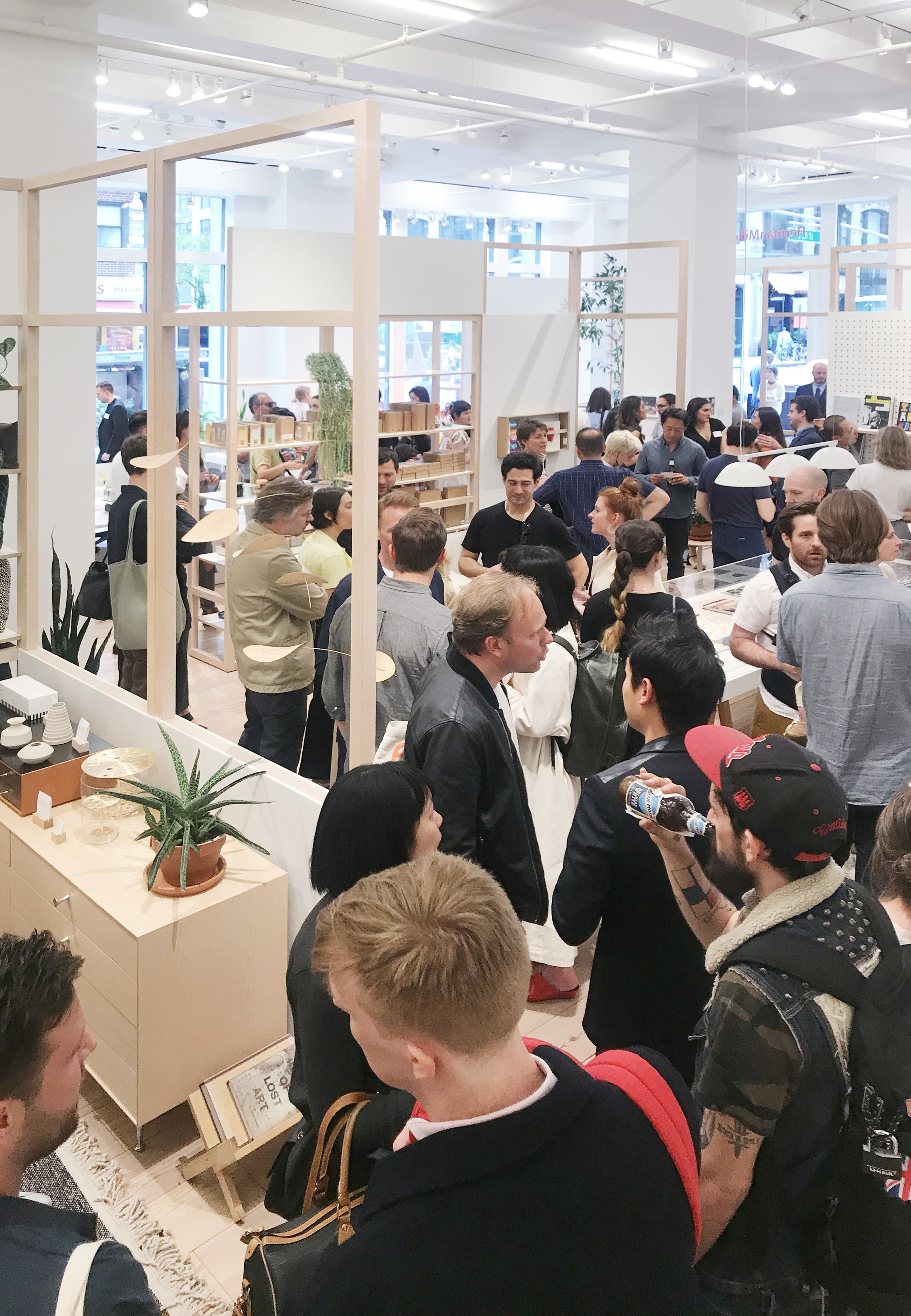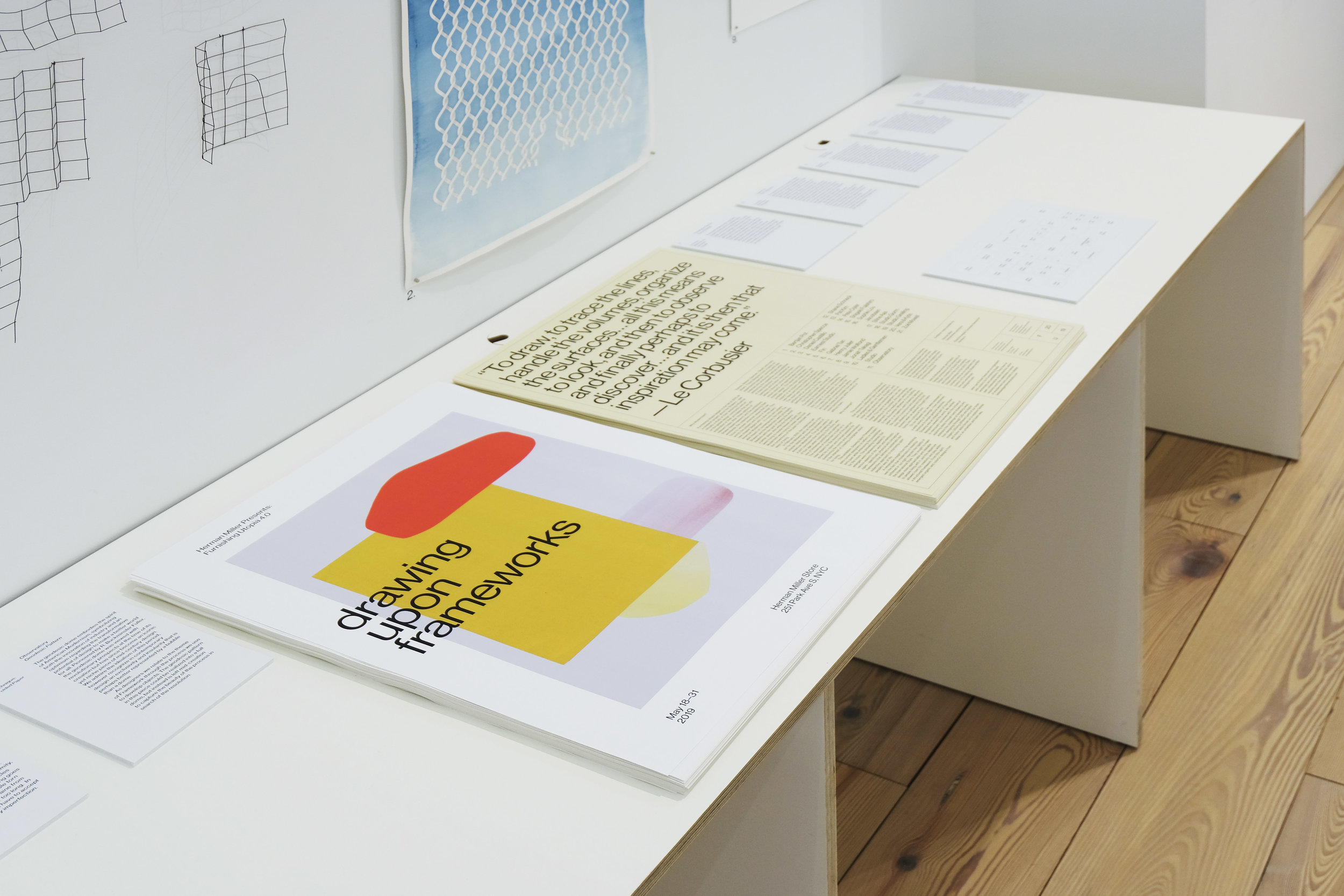PREVIOUS EXHIBITIONS
2019 FURNISHING UTOPIA 5.0: DRAWING UPON FRAMEWORKS
This exhibit took place during New York Design Week 2019 at the Herman Miller Showroom in Manhattan. This exhibition, Drawing Upon Frameworks, asks 20+ designers to reflect on modernism’s past while embracing the possibilities for the future. The prevailing themes that emerged were frameworks applied to various aspects of life, work and methodologies—specifically, physical and conceptual frameworks that defined a systematic but subjective approach to improving upon people’s way of perceiving life.
Opening event during NY Design Week, May 18, 2019
Archival content from Herman Miller shown alongside Drawing Upon Framework exhibit.
Exhibit curation by:
Jean Lee of Ladies & Gentlemen Studio
Herman Miller Print Archive Curation by Amy Auscherman
Creative Direction: Jean Lee of Ladies & Gentlemen Studio
Exhibition made possible by:
Herman Miller - www.hermanmiller.com
Norwegian Consulate General New York - www.norway.no
Print design: Our Studio











































